Is this any way for two grown men to make a living?
— Lee Lorenz, Cartoon Editor, The New Yorker, to Henry Martin ’48
It’s Reunions time again, and I suspect that triggers in almost all of us a Pavlovian response [Q: What would Pavlov’s nickname have been if he’d used tigers instead of dogs? A: “Lefty”] involving dorm rooms, classrooms, locker rooms, and/or taprooms of long ago, replete with friends, class banners, dirty laundry – literal and metaphorical – as well as ancient, indecipherable tomes and question sets of indeterminate sadism. In other words, it’s a doorway to the past, mercifully condensed and tidied around the edges.
For that reason, over the last few years I’ve kept my eye on the classes entering the Old Guard, because they recently have been special; the classes of the mid-1940s didn’t have those same experiences as the rest of us when they were undergraduates, and as a result on many levels have never felt or behaved quite the same. The Class of 1946 is certainly one: The first class admitted after the American entry into World War II, its members graduated between June 1944 (two accelerated classmates headed into the service) and June 1966. The largest cohort (161) got their degrees in 1948 following military service. Only 22 graduated in 1946; 114 left Princeton for the war and never made it back to campus; 16 classmates died in service. The class has since clung to Reunions with ferocity, winning awards for its P-rade entries three times. The Class of 1944’s 65th was a landmark of the breed, with marching brownshoe Army re-enacters, authentic vintage military trucks, and crack Army musicians; it set attendance records that won’t be approached for many years. Class members also scoured the country to find any and all relatives of their 22 classmates who died in the war, to join them on campus for the celebration.
So when the great Henry Martin ’48, recipient of the Alumni Award for Service to Princeton, notes (in his oral history interview with Ed Strauss ’72 of the Princetoniana Committee) that he has learned to know and love his classmates principally as a result of his reunions, you have to take him very seriously. As he moves into the Old Guard this year with his own wartime class, he represents a special side of the school, a sort of summing up through one-panel humor the age of Princetonians from the first half of the 20th century that World War II in every practical sense destroyed. He laid the groundwork in his upbeat, winning illustration for the Class of ’48’s beer jackets, with rifle and helmet cast aside to be supplanted by black tie and top hat:
And he went on from there. Famed for his cartoons in The New Yorker for 45 years, his affection (fixation?) for Princeton popped through in the magazine. Of the 217 Martin cartoons you can peruse and purchase from our friends at the Conde Nast Store, one of the all-time most popular depicts the road sign announcing the traveler’s entry into Princeton; rather than the town’s name, it includes the ZIP code and the dress code: tie and jacket.
As a decades-long Princeton resident, Martin managed to comment on the Princeton Junction commute, the infinite number of corporate board muckety-mucks, prep school panache, and the other accoutrements of the ivied world. He also became, out of his kind nature and talent, a constant and memorable contributor to all things orange and black. And this is where his fondness for Reunions, not only as a throwback, but as a fresh reflection on the human condition, comes into play. He delved into it here in PAW in 1987, and his observations point up not only individual experiences of old-timers in a new Princeton …
… but the commonalities that bring them together – whether they’re old friends or new acquaintances who only happened to share numerals many years before.
Nine years later, for his 50th-reunion book, Martin not only reprised some of his legendary New Yorker cartoons tweaking Princeton and the Ivies (“SEVEN AGES OF MAN: Dalton, Greenwich Country Day, Deerfield, Princeton, Harvard Business School, Paine Webber, Hilton Head”) but introduced his two archetypal classmates – and long-lost ex-roommates …
… whose dual act is commented upon – wistfully – later at the 55th.
It is endlessly fascinating to realize, after undergraduate years of wrenching turmoil – they matriculated two months after D-Day – the Class of ’48, now the very youngest of the Old Guard (he said, spinning feverishly), is as close, as normal, i.e. as peculiar, as any of the other Princeton classes surrounding it, or for that matter, in the generations far behind it.
Many of us oldsters have often been disturbed as the size of Princeton’s undergraduate classes creeps inexorably upward, fearful of the loss of identity and cohesion that has been the hallmark of classes – and the entire institution – of the past. As the new kid on the block, President Chris Eisgruber ’83, eyes increasing the size further, we assume the fragmentation of classes into colleges and the explosion of departments and programs inexorably will create a cold detachment that will do Old Nassau no good whatsoever. What we probably overlook, to everyone’s detriment, is the ol’ secret weapon: Reunions. To be honest, many of my closest current friends in my own class were people I essentially never knew while we were on campus, and ’70 is one of the smallest classes since World War II. I’ve met with them and worked with them at Reunions, and it’s been a blast. Henry Martin has seen that himself since his chaotic undergrad years, by necessity, and he revels in it (perhaps Reunions should be an eighth Age of Man…). In some ways, Reunions is a big-time second chance at a Princeton education, the part that involves learning to know and truly enjoy people for themselves and for their common idealized fixation on something as ephemeral as the best damn place of all.


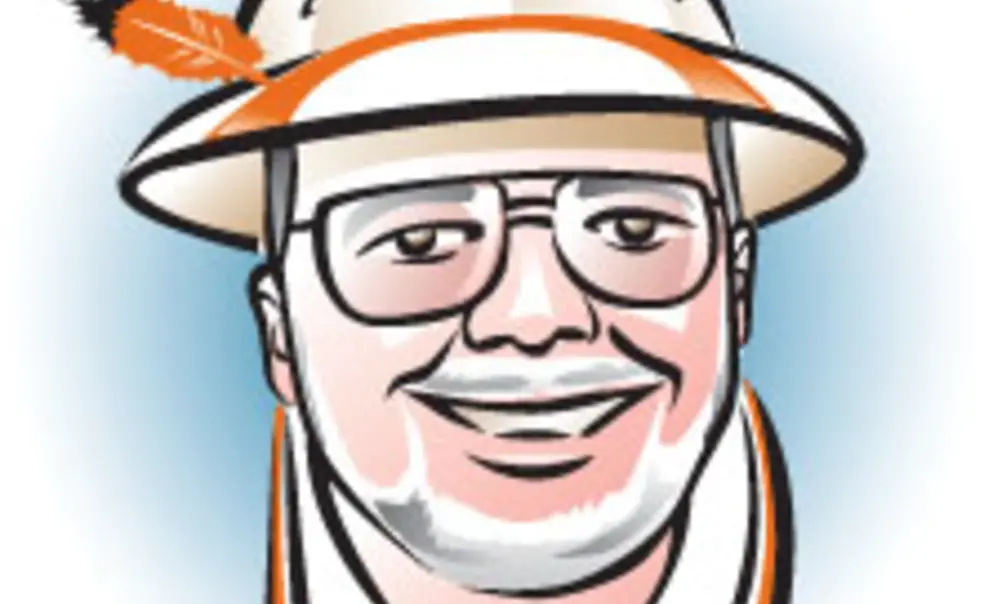
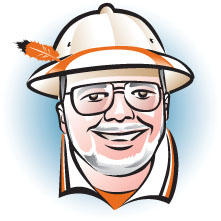
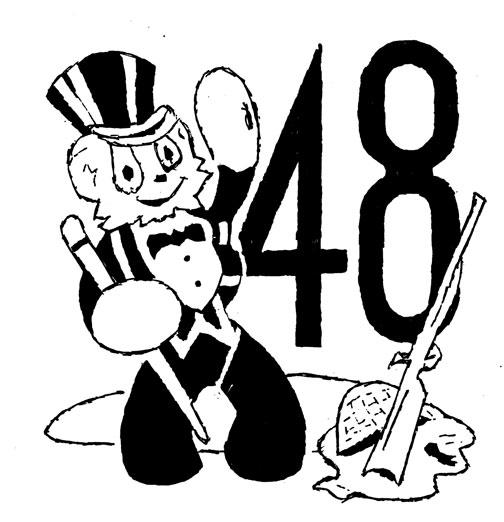
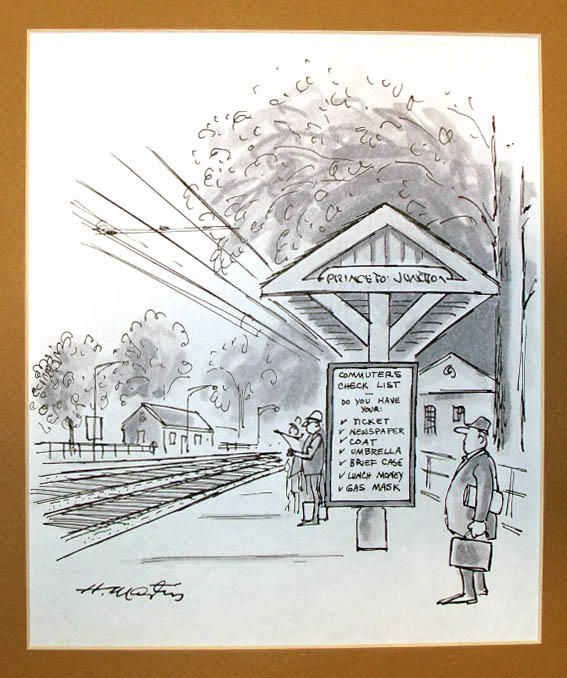
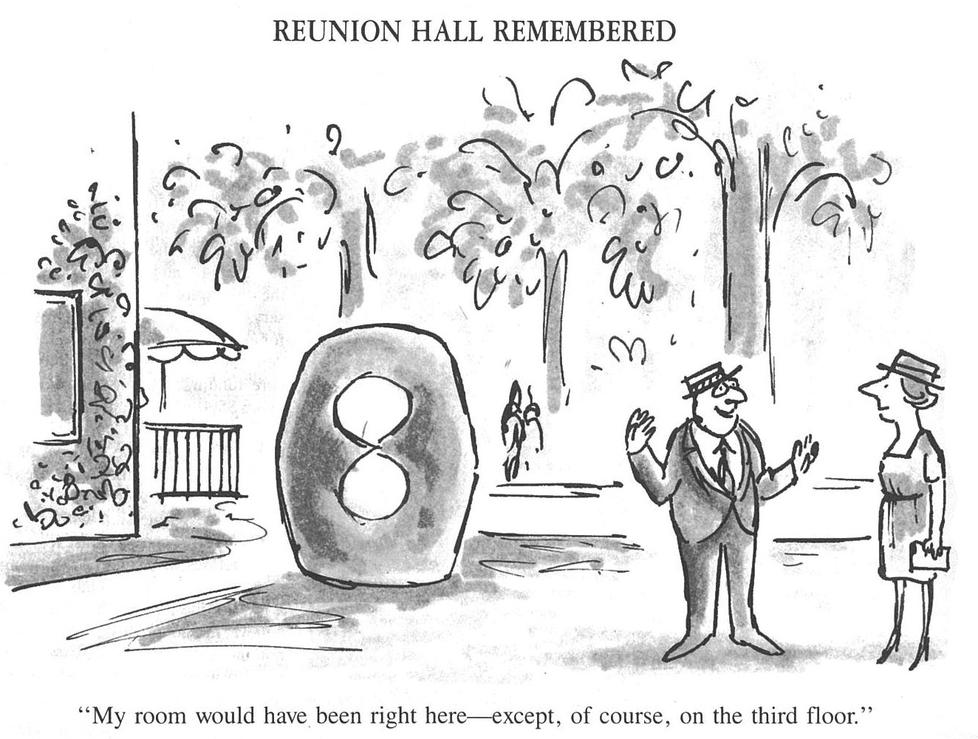












No responses yet